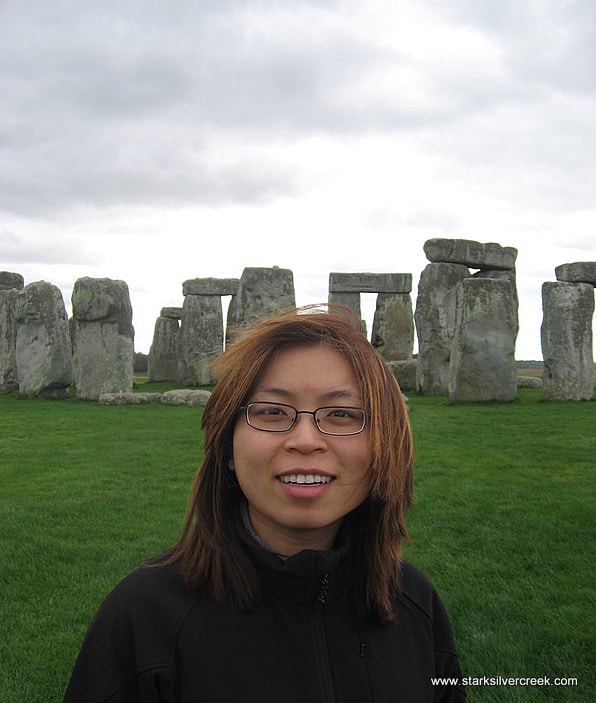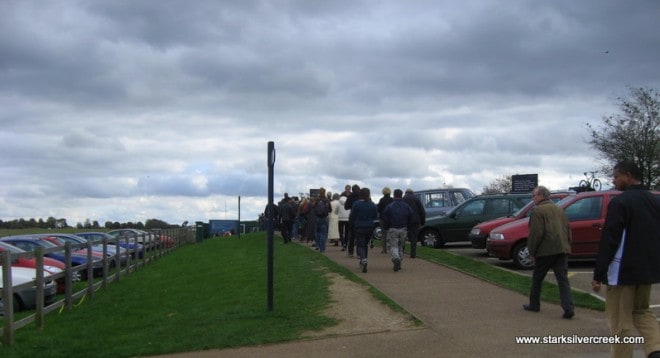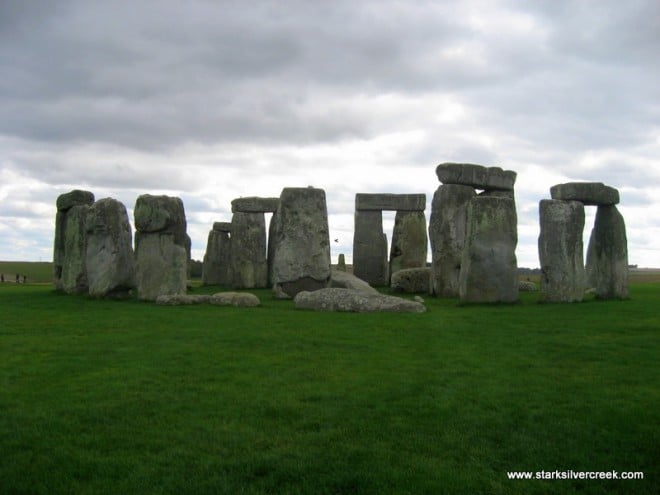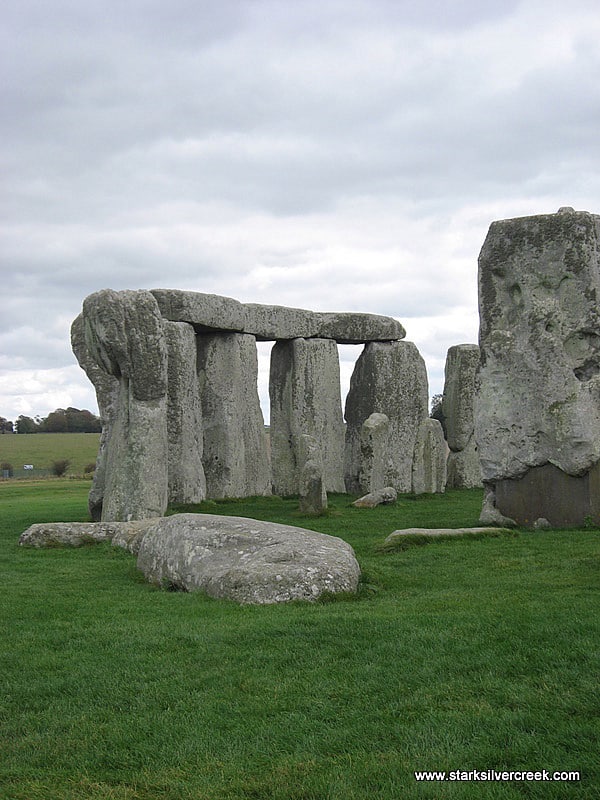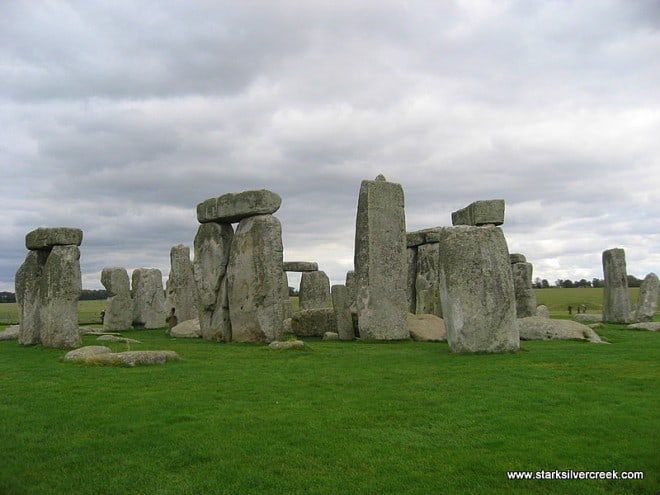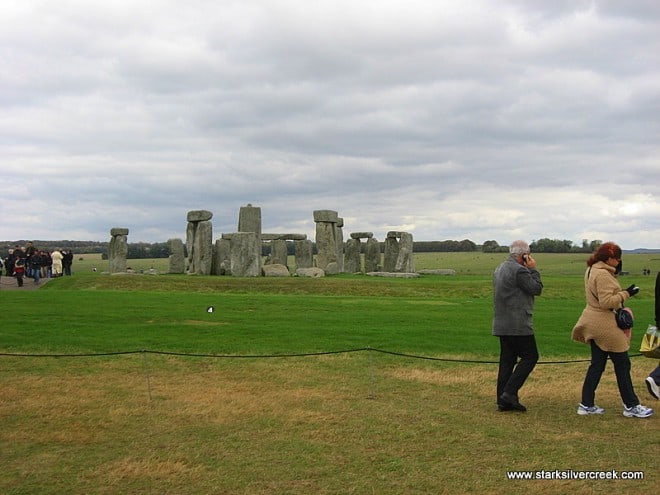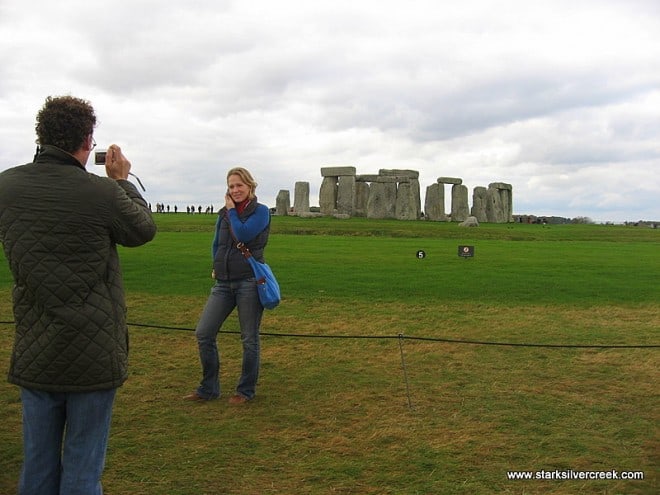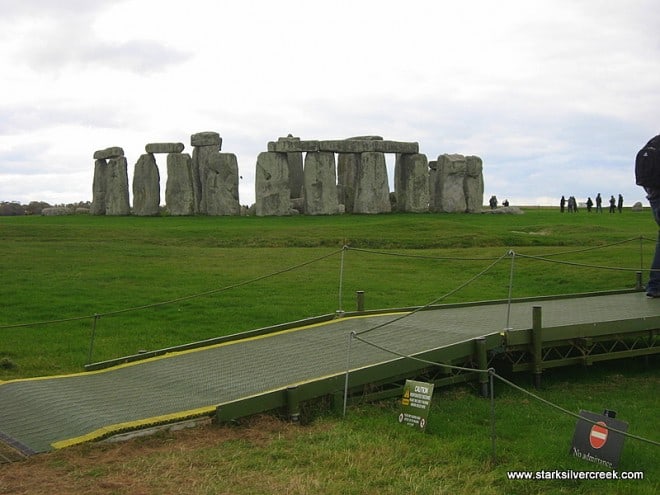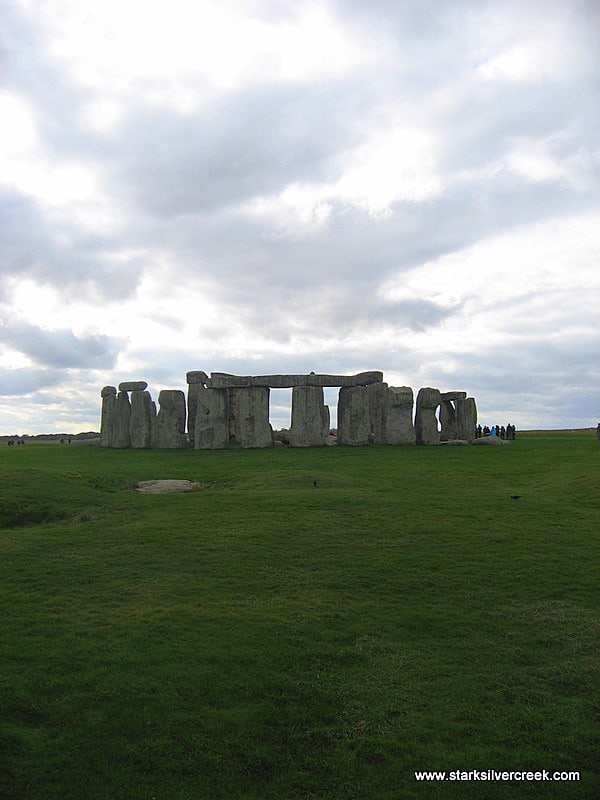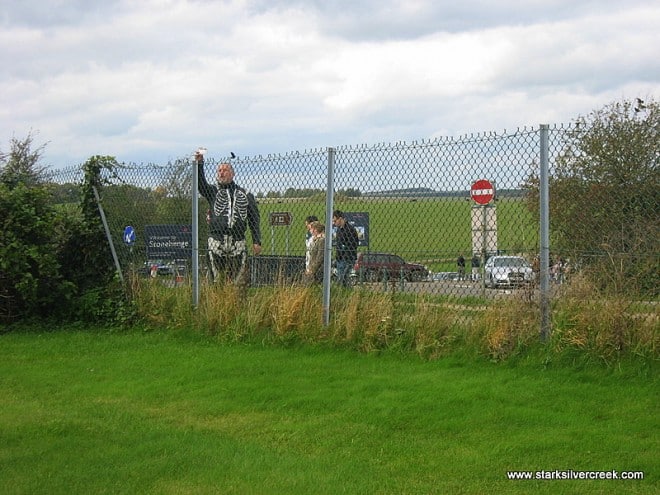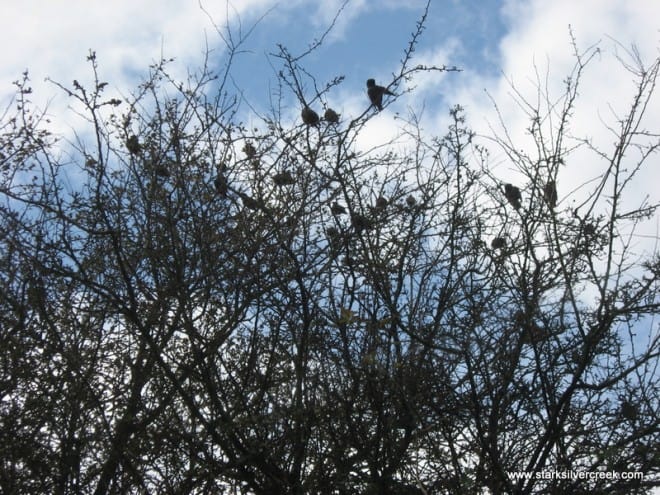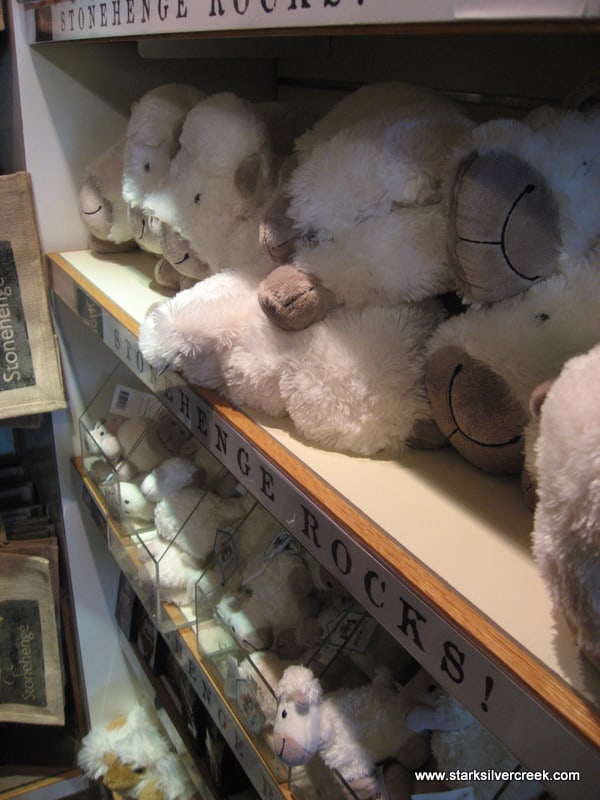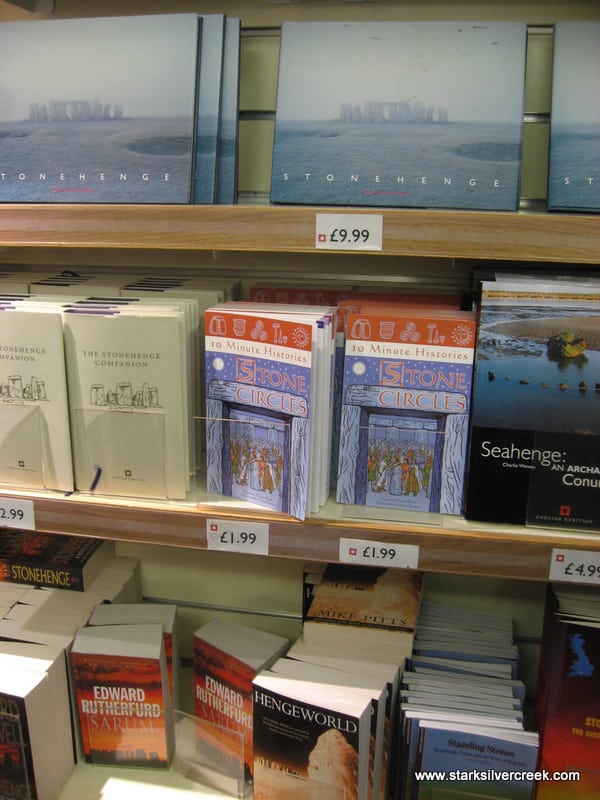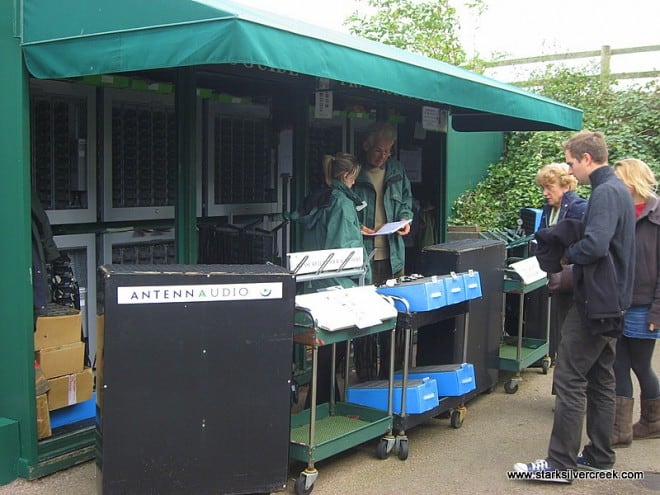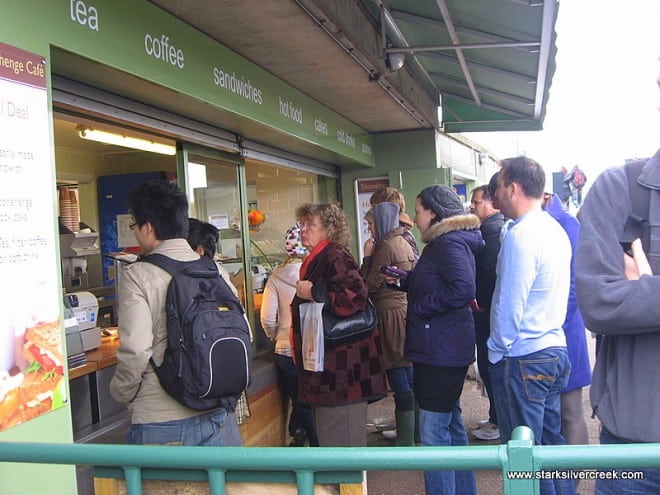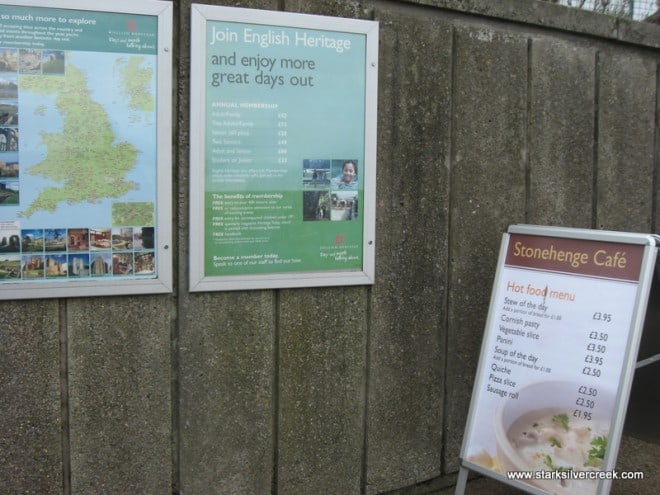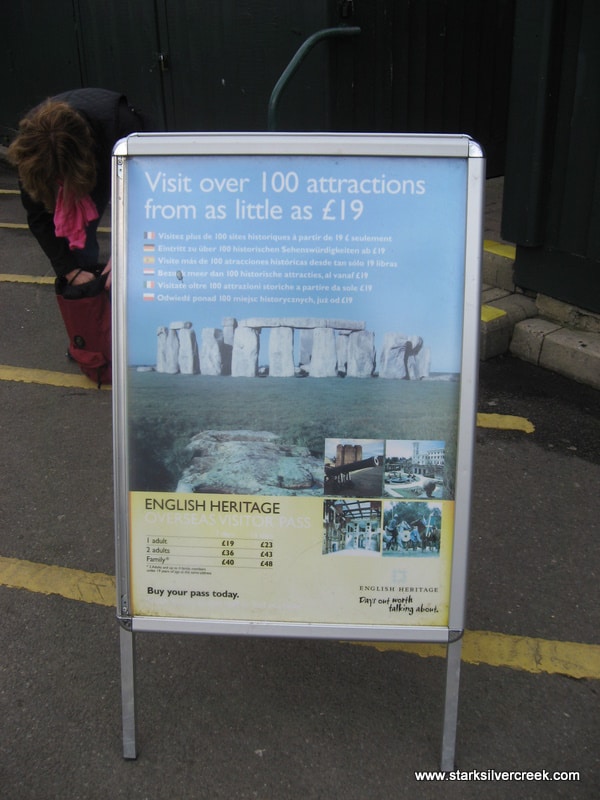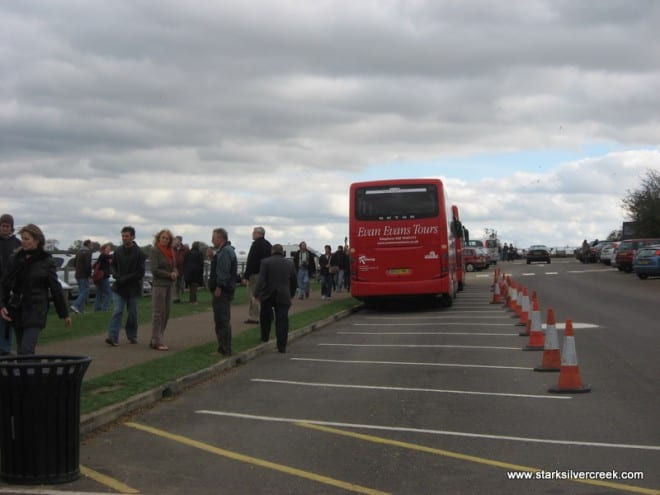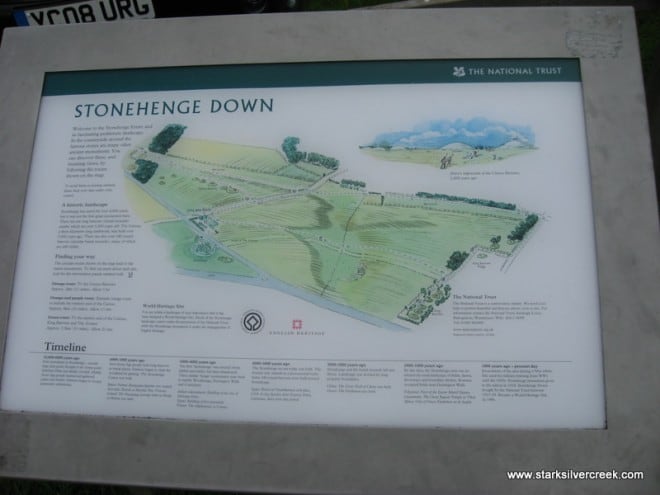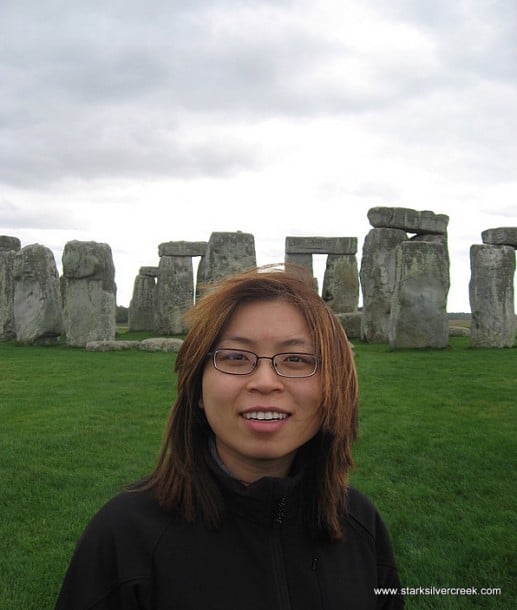
The bus lurched forward as it hit a bump in the road. Woken up from my nap, I glanced out the window. Homogeneous farm fields stretched out to the horizon. We were now on a thin two-lane highway that wiggled through these green fields connecting one small town with the next.
This was a far cry from the bustle of London and the formality of Windsor Castle. I knew the next stop would be Stonehenge. Although I had booked a 13-hour tour that visited three places, Windsor Castle, Stonehenge and Bath, it was really the middle child that was the goal of this excursion.
I laid back and relaxed letting the muted scent of unfinished sandwiches and sodas sedate me. It had been a hectic morning rushing from Heathrow to Victoria Coach Station in central London. The winding road already etched my destiny for the day. Short of a natural disaster, I would see Stonehenge.
Then it happened. Zip. What was that?
Our tour guide, a prim and proper British fellow, smiled and said, “That, ladies and gentlemen, was Stonehenge.” After he said this, I realized that the thing I saw was in fact a large pile of stones to the left of the highway.
In all the photos of Stonehenge in magazines, posters and postcards, no one seems to mention that this world-renowned site was in fact next to a road. Pristine images of it would suggest it was in a middle of a clearing of a forest.
The bus halted. Having turned into a parking lot, we all clamored off and I looked around, a little lost. Stonehenge, I thought, was on the other side of the highway. How are we going to get to it from where the bus had dropped us off?
They say that necessity is the mother of invention. If that is true, then capitalism is the father. We were herded like sheep past a group of hippie-type protestors with signs such as “Free the Stones”. Then we waited as our tour guide purchased our group tickets and we were let one by one through the revolving metal gate.
We were met by a small food stand and gift shop followed by a tunnel. Interesting, there was a pedestrian tunnel dug under the highway so that tourists such as myself could cross the highway.
I quickened my pace in anticipation of getting a closer glimpse of the stones and also so I can finally check off another item on my “bucket list”.
As I emerged on the other side of the highway, what I saw was very amusing. A sandy path encircled the infamous rocks. There were sprinklers that kept the grass around this monument green.
Then I whipped out my camera and started snapping away. It was incredible that the sandy circle around the rocks was just large enough in diameter that photos could easily be taken without the highway or path in view. One had to go to quite a bit of effort in fact to capture the context of the rocks against the highway or beside the sandy path.
I stopped for a moment at the farthest point of the circle. By this time I starting to feel the cold weather pierce through my flimsy jacket only suitable for California weather.
Only pieces of the original structure stood. Some of the stones I was told were etched with graffiti so ropes had to be put around so people couldn’t get close to it. I reminded me of the same fate of some murals in the Vatican museum. Other pieces of stone had disappeared, pillaged by people who wanted to use them to build other structures. This was similar to the fate of the coliseum.
The gigantic stones are awe-inspiring. These figures against the cloudy sky were not just stones but muses for humankind’s endeavors and imagination. Perceptions can lead to very real actions. Real actions, never perceived, dissolve in history.
I smiled, glanced at my watch and jogged the second half of the loop. I had to get to the gift shop before the bus took off again.


